
A 'final' Beatles song is set to be released all thanks to AI recreating John Lennon's voice
Paul McCartney has revealed a 'final' song by The Beatles is set for release, all thanks to help from artificial intelligence. The tech has managed to replicate the voice of John Lennon, and although currently unnamed, it's like to be a 1978 song by the late artist, called 'Now And Then'. The group had previously attempted to finish the song without Lennon, and vowed it would be completed one day. "We just finished it up and it'll be released this year," McCartney said on BBC Radio 4's Today programme, much to the excitement of fans. Click here to sign up for our newsletters
2023-06-14 18:52
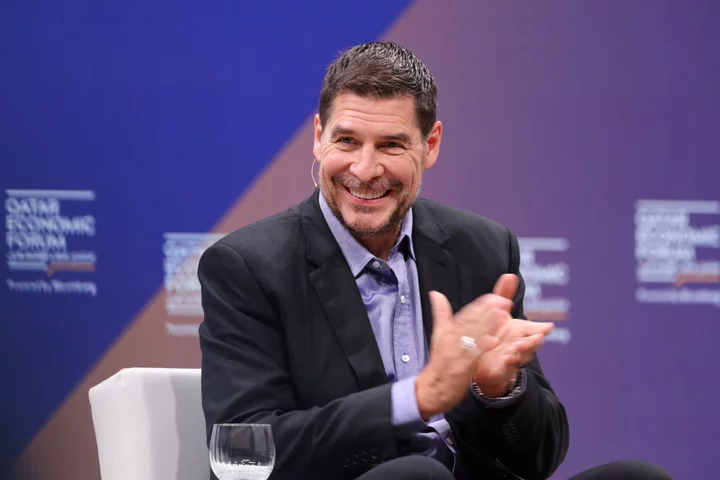
Marcelo Claure of SoftBank Fame Has a New Venture Firm
Marcelo Claure, the former chief operating officer of SoftBank Group Corp., has a new gig: executive chairman and
2023-06-14 18:48
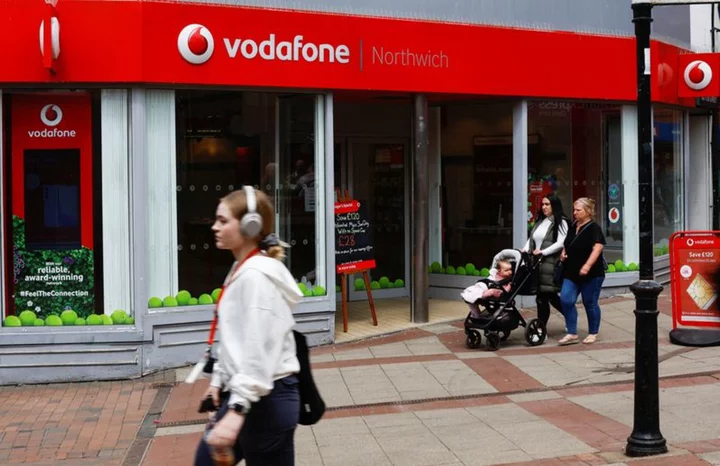
Vodafone, Hutchison unveil UK mobile merger
LONDON/HONG KONG Vodafone and CK Hutchison will merge their British operations, the two groups said on Wednesday, creating
2023-06-14 18:23
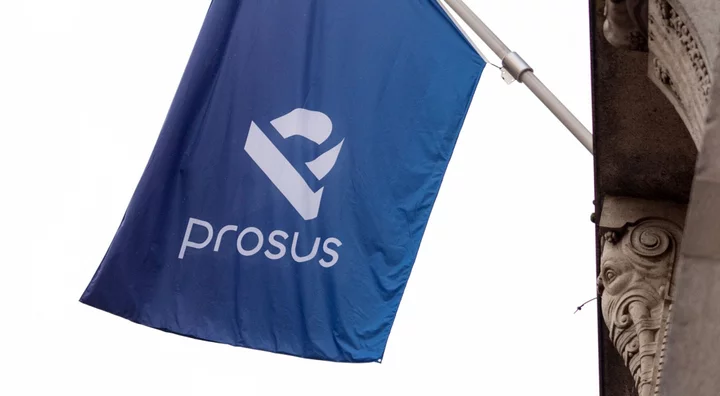
Prosus Issues Profit Warning as Tencent’s Earnings Decline
Prosus NV issued a profit warning for its fiscal 2023 after a decline in profit at Tencent Holdings
2023-06-14 17:54

UKRI announces £50 million to develop trustworthy and secure AI
UK Research and Innovation (UKRI) has announced £50 million in funding to develop trustworthy and secure artificial intelligence (AI) that can help solve major challenges. The investment, which will bring experts across different fields together, was revealed during this year’s London Tech Week. As part of the package, £31 million has been awarded to a group called Responsible AI UK (www.rai.ac.uk), led by the University of Southampton. Its aim is to create a UK and international research and innovation ecosystem for responsible and trustworthy AI that will be responsive to the needs of society. AI tends to be looked at by the tech community as AI that has been thoroughly tested Professor Gopal Ramchurn Led by Professor Gopal Ramchurn, the consortium will help people understand what responsible and trustworthy AI is, how to develop it and build it into existing systems, and the impacts it will have on society. Explaining what trustworthy AI means, Prof Ramchurn said: “Trustworthy AI tends to be looked at from a very technical perspective – ie it is tested and validated in well-defined settings. “However, that doesn’t mean it will be trusted by the public, government, and industry.” He added: “AI tends to be looked at by the tech community as AI that has been thoroughly tested. “It can be AI that is trustworthy by the technical functionality of the application and the particular closed environments it has been tested in, but it is not trusted because maybe it uses personal data, you know, uses your personal data in ways that you would not want it to do.” In addition, £2 million will be awarded to 42 projects to carry out feasibility studies in businesses as part of the BridgeAI programme. These will speed up the adoption of trusted and responsible AI and Machine Learning (ML) technologies. The projects will look at developing a range of tools to facilitate assessment of AI technologies, and successful ones will go on to receive a share of an additional £19 million to develop these solutions further. A further £13 million will be used to fund 13 projects to help the UK meet its net zero targets. Universities across the UK, from Edinburgh to Aberystwyth, and Leicester to Southampton, will lead these projects. The UK’s expertise in the field of AI is a major asset to the country and will help develop the science and technology that will shape the fabric of many areas of our lives Kedar Pandya, the Engineering and Physical Sciences Research Council UKRI has also awarded two new Turing AI World Leading Researcher Fellowships, to Professor Michael Bronstein and Professor Alison Noble, both based at the University of Oxford. Kedar Pandya, executive director, Cross-Council Programmes at the Engineering and Physical Sciences Research Council, said: “The UK’s expertise in the field of AI is a major asset to the country and will help develop the science and technology that will shape the fabric of many areas of our lives. “That is why UKRI is continuing to invest in the people and organisations that will have wide-ranging benefit. “For this to be successful we must invest in research and systems in which we can have trust and confidence, and ensure these considerations are integrated in all aspects of the work as it progresses. “The projects and grants announced today will help us achieve this goal.” Read More Charity boss speaks out over ‘traumatic’ encounter with royal aide Ukraine war’s heaviest fight rages in east - follow live ‘Last Beatles record’ was created using AI, says Paul McCartney Put ‘public good’ at heart of AI and new tech, Starmer to say Ukrainian schoolboy to buy home for his mother after selling Minecraft server
2023-06-14 16:51
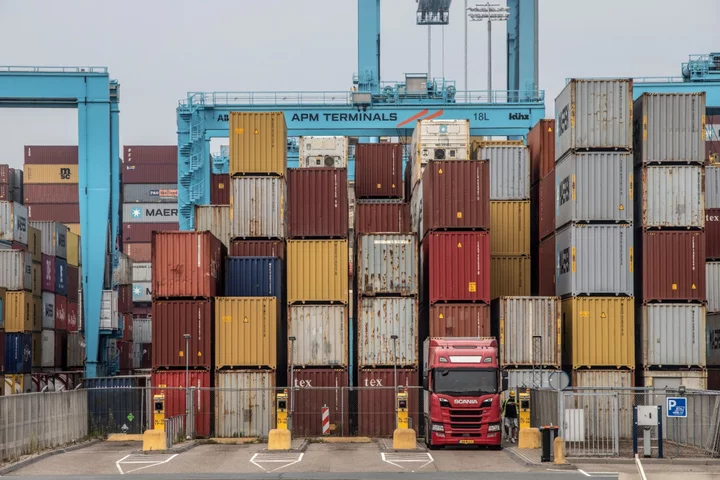
Pro-Russian Hackers Target Website of Europe’s Largest Port
The website of the port of Rotterdam was targeted in a cyberattack blamed on Russia-aligned hackers last week.
2023-06-14 16:18

Two giant 'blobs' in Earth's core could be remains of an ancient planet
Many of us look to the stars for answers to life’s most complex questions. But actually, some of the greatest mysteries lie beneath our very feet. One might think we’d know the Earth pretty well by now but, in fact, our planet’s core remains shrouded in enigma. Indeed, there are two gigantic blobs located beneath Africa and the Pacific Ocean that occupy around six per cent of the world’s entire volume. And yet, we’re still not entirely sure what they’re made of or where they came from. There are a number of hypotheses, including that they are piles of oceanic crust that have accumulated over billions of years. Sign up for our free Indy100 weekly newsletter But a more interesting theory is that they are huge chunks of an ancient planet that hit the Earth around 4.5 billion years ago. To give an indication of just how massive these things are, the structure under Africa – an area known as Tuzo – is thought to be around 800km (497 miles) tall – the equivalent of some 90 Mount Everests stacked on top of one another, as IFLScience notes. The problem with determining the origin of these monster formations is that there are no direct ways of observing the Earth’s core. The deepest hole humans have ever dug – branded the "entrance to hell" – reached a pretty staggering 12,263m (40,230ft), but that doesn’t even come close to breaking through the crust to the layers beneath. Our most effective tool for analysing what lies beneath the ground is a technique called seismic tomography, which looks at how waves of energy travel when earthquakes occur. Since rocks and liquids have different densities, the waves move through them at different speeds. By measuring the tremors from different points on the surface, geologists can determine what kind of material the waves are travelling through and, in so doing, map out the Earth’s interior. It was by using this technique that the two unusual structures – known as large low shear velocity provinces (LLSVPs) – were found. Waves travel more slowly in these areas – fondly known as “blobs” – than through the surrounding lower mantle, indicating that they’re made of something different. We can’t tell what this material is based on seismic tomography data alone, but some scientists like to believe that they are the remnants of an ancient planet called Theia – an idea known as the “giant impact hypothesis”. According to this hypothesis, around 4.5 billion years ago, a Mars-sized object collided with the Earth. This impact not only created the planet we call home today, but also threw off enough rock to form the moon that lights up our night skies. Some scientists suggest that some of Theia’s leftovers also sunk to the bottom of the planet, probably settling somewhere above the core – thereby forming at least one of the two LLSVPs. More Updates About Strange Blob Structures Inside Planet Earth youtu.be Experts have been investigating the area for decades but there’s still no way of knowing for sure just what these two giant blobs are. Still, studies into Theia have offered important insights into how the possible collision might have kickstarted key plate tectonic and mantle motion inside our planet – crucial processes for establishing the world on which we live. It’s also a useful reminder that we still have so much to learn about our planet and where we came from. Have your say in our news democracy. Click the upvote icon at the top of the page to help raise this article through the indy100 rankings.
2023-06-14 15:15

Toyota Shares Surge Most Since 2020 After Chairman Reappointed
Toyota Motor Corp. shares surged the most since March 2020 following the reappointment of Chairman Akio Toyoda at
2023-06-14 13:50
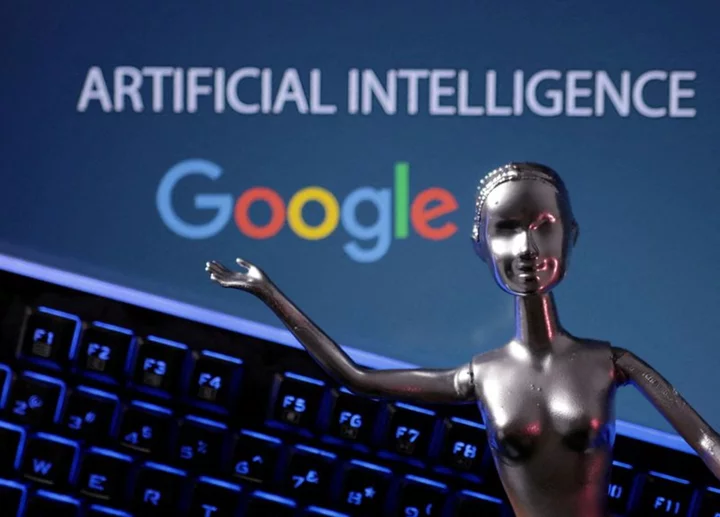
Google launches AI-powered advertiser features in push for automation
By Sheila Dang Alphabet's Google said on Wednesday it is launching two new artificial intelligence-powered features for advertisers
2023-06-14 12:24
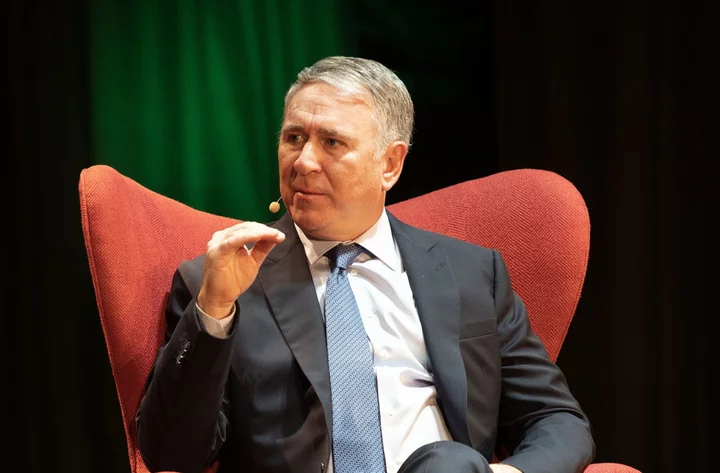
Ken Griffin Ramps Up Credit Trades, Anticipating US Recession
Ken Griffin, whose hedge fund churned out a record $16 billion for clients last year, is increasing his
2023-06-14 11:48
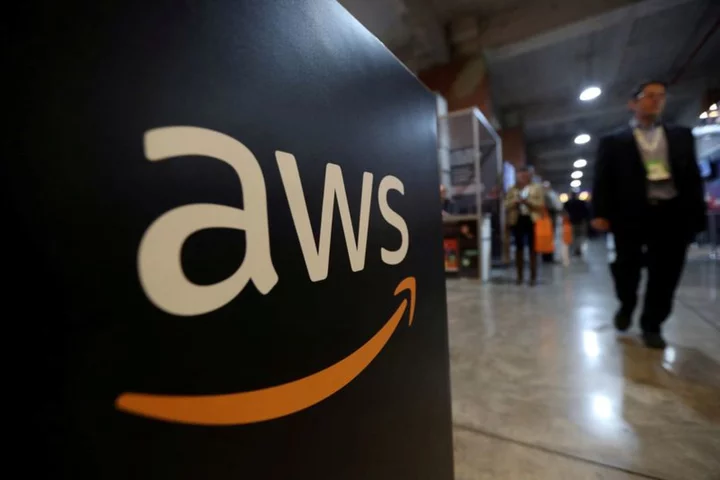
Exclusive-Amazon's cloud unit is considering AMD's new AI chips
By Stephen Nellis SAN FRANCISCO Amazon Web Services, the world's largest cloud computing provider, is considering using new
2023-06-14 11:21

India’s Frequent Internet Shutdowns Hurt Its Most Vulnerable
India’s frequent and arbitrary internet shutdowns hurt its most impoverished, who depend on government social protection programs, according
2023-06-14 10:46
